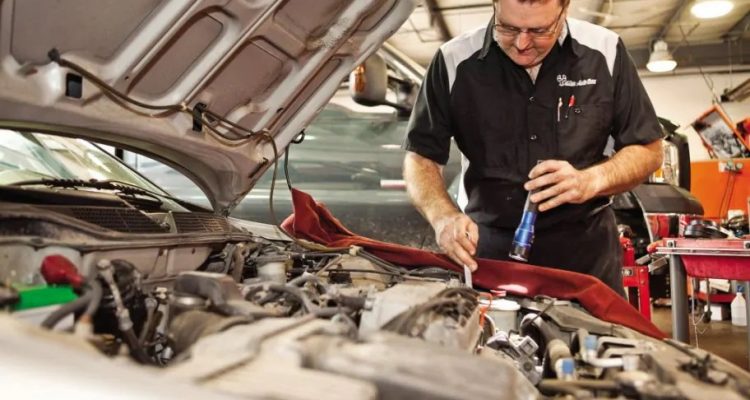Suppliers of automotive and industrial bearings are doing the world a favor by providing such a useful component that ensures unrestricted rotational movements – from your trusty car to your son’s favorite skateboard. In fact, bearings carry most of the weight of the load while ensuring fluid mobility with little or no friction at all.
Bearings are simply indispensable. Without these, mechanical parts will have a hard time functioning, thereby preventing efficient operation. This is why proper maintenance of bearings is vital in ensuring reduced downtime, lower costs, greater productivity, and even extended bearing service life.
Because of this, it is crucial for mechanics, engineers, and hobbyists who use bearings to understand proper bearing maintenance. To help out, here are six great tips to keep in mind:
-
Be Careful in Handling Bearings
Because bearings are considered precision components, these should be handled carefully to ensure that no contaminant gets inside. They should also be stored properly in an environment that is clean and dry. In addition, it is crucial that their packaging remains intact during storage to help prevent debris and other pollutants from compromising their elements.
Bearings should be carefully taken out of their packaging to prevent airborne contaminants from sticking. Even a tiny speck of fiber or dust can cause the bearing to fail earlier than expected.
It is important that bearings aren’t just hammered or pounded on as this can leave them misaligned and, thereby, unusable. It is best to use proper tools made by top bearing manufacturers.
-
Schedule Regular Lubrication
Lubrication is a crucial part of bearing maintenance. If you intend to extend the lifespan of your bearings, make sure to apply the right lubricant for the job. This should be based on several factors, including:
- Environmental conditions
- Temperature
- Speed
- Load
You can use multi-purpose grease products to keep your ball bearings in good shape. Traditionally, this lubricating product can serve bearings well because, aside from being easy to apply, it also has a higher retention rate inside the bearing’s housing. It helps protect and seal the inner components of the bearing as well.
Remember to follow the bearing manufacturer’s recommendations when using lubricants. It is also important that you check the lubrication levels of your bearing components annually.
-
Inspect the Housing and Shaft
The housing and shaft are crucial parts of the bearing and must be checked whenever the component is mounted to make sure that there is no physical damage to it. Cleaning this part of the bearing requires the use of a soft piece of cloth to remove any burrs and nicks.
-
Ensure Proper Mounting
There are different mounting methods for varying types of bearings. Using the right one can make or break not just the component, but your entire operation as well.
For instance, make sure that you use trusted mounting tools when installing cylindrical bores. Just make sure that you apply the right amount of pressure to avoid damage to the bearing components.
-
Use the Right Tools for the Job
As with any other task, you should make sure that you use the right tools when dealing with bearings. Bearing pullers, oil injector kits, bearing fitting tool kits, hydraulic nuts, and induction heaters all serve as perfect tools for mounting or dismounting bearings. Using these items can help minimize the risk of damage to the component and the efficient accomplishment of the task.
-
Eliminate Moisture Exposure to Prevent Corrosion
Corrosion can be detrimental to bearings, which is why it is imperative that you prevent it at all costs.
The presence of water or any type of moisture can cause rust and corrosion, so make sure you handle bearings of your machine while wearing protective gloves. This will help prevent the sweat on your hands from compromising your machine while protecting your skin from the grease’s chemical components.
It is also wise to use water-resistant grease when lubricating your bearings to provide protection from damp environments.
A Final Piece of Advice
Performing effective maintenance of bearings also requires a close monitoring of the component’s performance and share the details with your licensed mechanic. Make sure to take note of any abnormal signs like excessive noise, unusual vibration, and increased the temperature as these may indicate a problem with the component.
AUTHOR BIO
Hassanein Alwan is the Managing Director of Mineral Circles Bearings with more than 10 years’ experience in the bearing industry’s technical support division, sales and marketing, plus strategic business development consultancy.


